AMERICAN SIGN LANGUAGE AND DEAF CULTURE BLOG
ASL: Which Hand Do I Use? Unveiling the Secret

For folks who are used to speaking, mastering sign language can present a challenge. A big part of this journey is the art of communicating with your hands, perfecting those handshapes, and mastering the specific movements for each sign.
As you venture into the world of signing, you’ll likely have plenty of questions about how to make those hands work their magic! Let’s dive into one of the most common questions that new signers ask about hand usage:
Which hand should I use while signing ASL?
It’s a good question! It’s an important one, too.
Is Choice of Hand Important in ASL?
Signs in ASL can be categorized into two groups: one-handed signs and two-handed signs. For two-handed signs that aren’t symmetrical, one hand performs the primary action and the other hand has a supporting role.
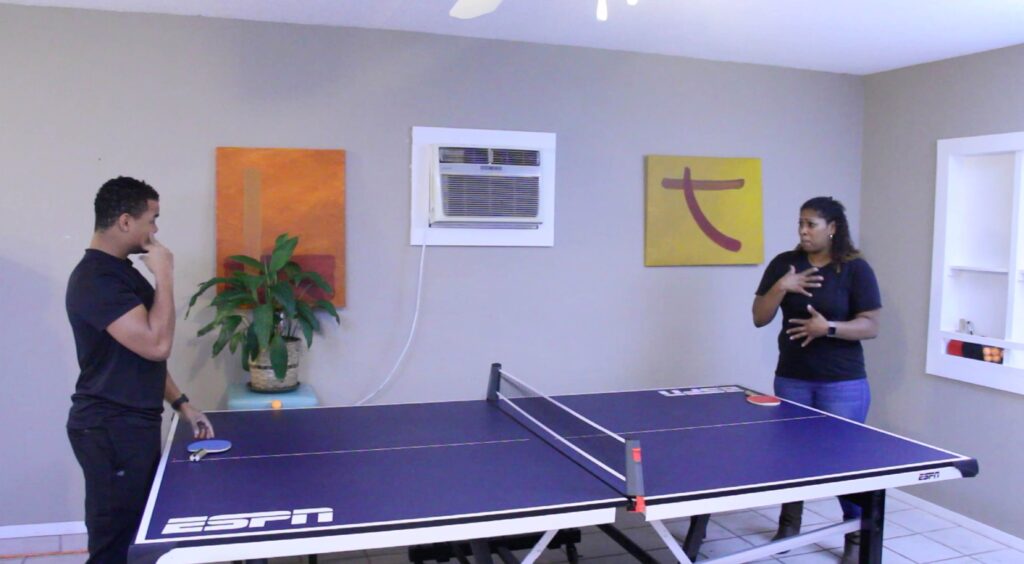
Dr. Melanie Metzger, a retired Gallaudet University Linguistics and Interpreting professor, explains that “people typically have a dominant hand when signing ASL.” This dominant hand plays a crucial role in fingerspelling and the production of two-handed signs.
Therefore, one of your hands will take on the role of the “dominant” hand when you use ASL.
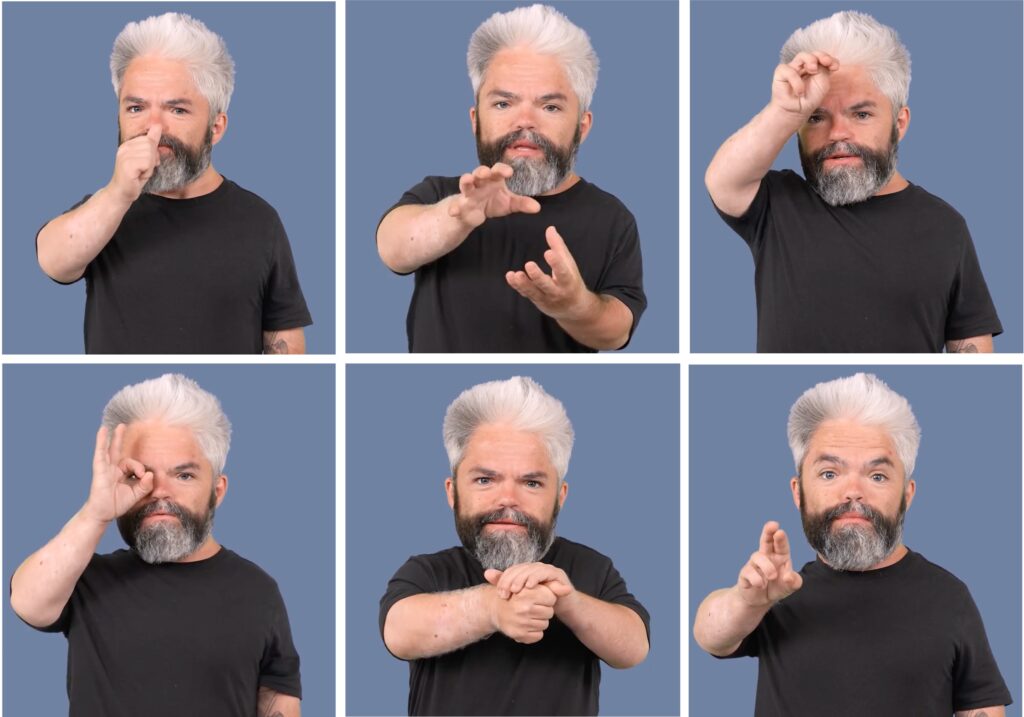
But… which one?
Here’s the truth: it doesn’t matter!
What truly matters is consistency.
Whichever hand you choose as your dominant hand is perfectly fine. The key is to use the same hand consistently at all times.
Switching hand dominance while signing can be noticeably distracting, even though Deaf individuals will still understand you. It’s akin to non-native English speakers speaking with a strong accent.
The bottom line is, to communicate clearly in sign language, it is important to choose a dominant hand and use it consistently.
How Do I Know Which Hand Is Dominant?
Let’s take a break from the word “dominant” for a second.
So, are you a righty or a lefty? Which hand is your go-to for writing or brushing your teeth? Is it your right hand or your left hand?

That’s your dominant hand!
And guess what? That’s the hand you’ll want to use the most when you dive into the world of signing ASL.
Which Hand Should Ambidextrous People Use To Sign?
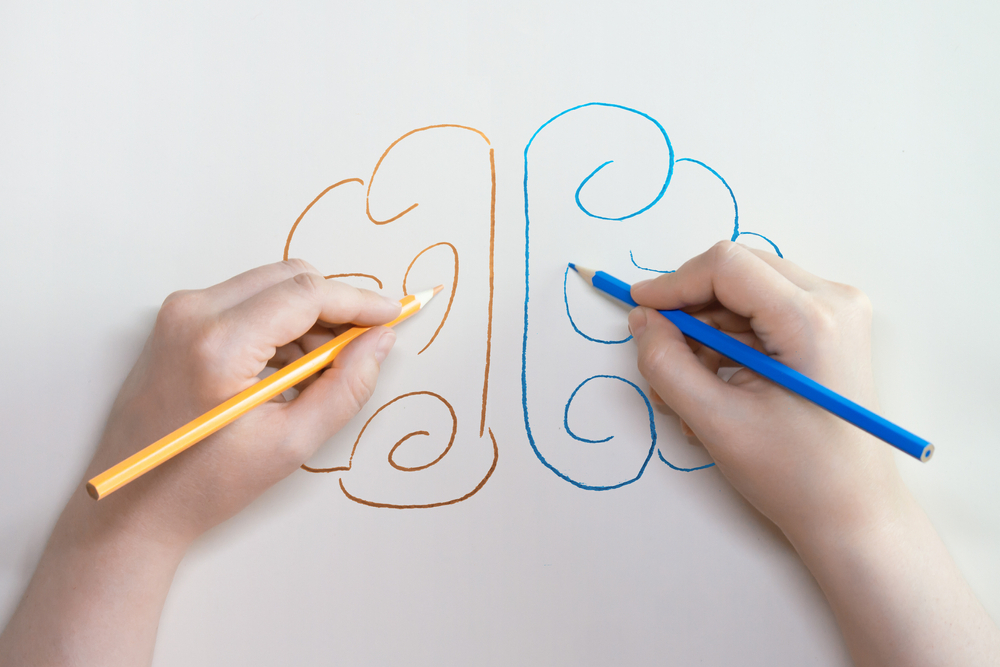
For those blessed with ambidexterity, the question of which hand to use for signing ASL can be a bit harder to answer. Ambidextrous individuals have the remarkable ability to use both hands with equal skill. It’s also very rare; only 1% of the population are ambidextrous.
Some left-handed people have adapted to use their right hand pretty effectively so that they could be considered somewhat ambidextrous. Their left hand doesn’t feel all that dominant.
So, which hand should they use as their dominant hand when signing?
Remember, what really counts is consistency. So, whether you opt for your right or left hand, just be consistent with it! For those with ambidexterity and equal skill in both hands, choose the hand that feels most natural to you and stick with it.
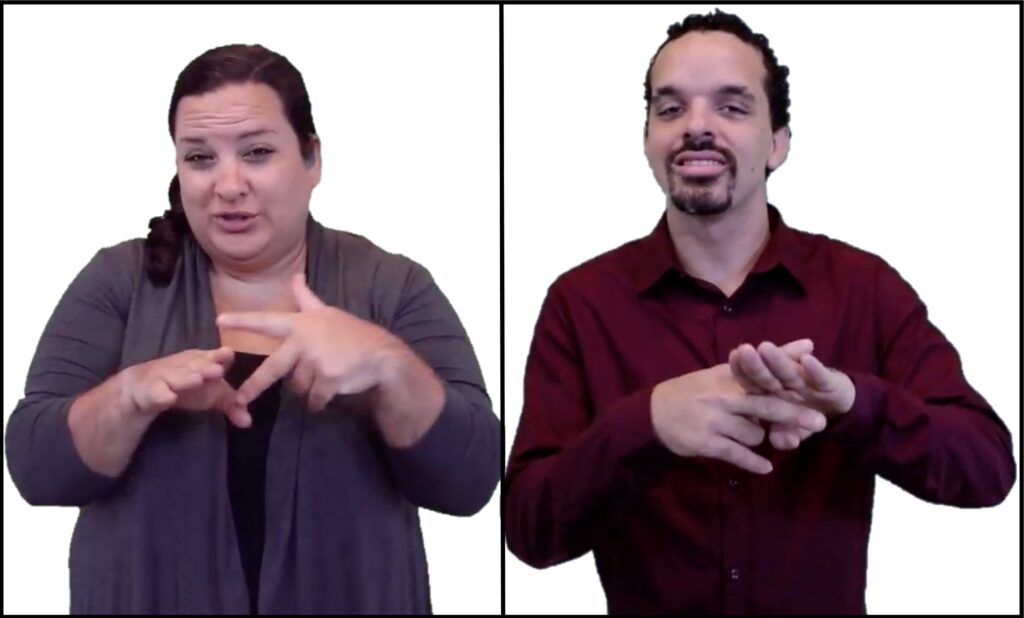
Final Words
ASL learners often inquire, ‘When using ASL, which hand do I use?’ The beauty of ASL lies in its adaptability to individual preferences. Whether you’re a righty or a lefty, remember that what truly matters is consistency.
Like any skill, practice makes perfect! By regularly practicing signing with your chosen dominant hand, you’ll build muscle memory and confidence. Embrace the art of repetition, and you’ll notice how naturally your dominant hand takes charge during signing.
Additionally, immersing yourself in sign language conversations, videos, and classes will reinforce your hand dominance and improve your fluency. Embrace every opportunity to sign and communicate, and soon enough, it’ll become second nature to use your dominant hand consistently.
Practice your hand dominance consistency with a subscription to What’s the Sign?, the ultimate resource for ASL learners. With over 10,000 signs demonstrated by both right-handed and left-handed ASL signers, you’ll find the perfect platform to enhance your signing journey. Embrace the opportunity to learn from both hand dominances and develop a well-rounded understanding of sign language.
Curious to explore? Give What’s the Sign? a try with a free 3-day trial!
Happy signing!

